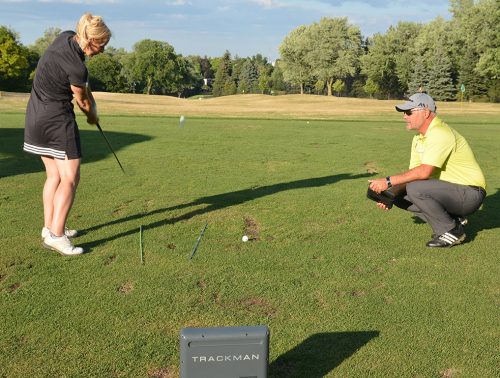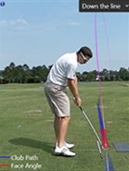Private: News
Back
-
Posted on 07.27.2016
Understanding Club Path
Understanding why the ball does what it does provides you with a clear pathway on how to move your golf ball from A to B in a repeatable manner, as well as learn how to practice effectively so that the work done on the practice tee transfers over to the golf course. There are four things that the golf ball takes information from at the point of impact, which are listed below:
- Direction the club head is moving, both vertically and horizontally
- Orientation of the club face at impact
- Where the ball strikes the club face relative to the sweet spot
- The speed the club head is moving at impact
This article is dedicated to Club Path, which is the horizontal movement (left or right) of the sweet spot at impact. The reason why club path is so important is because it plays a huge role in what your club face wants to do. For example, the most efficient way to move a golf club is to move it in the direction of your target, where your club face is pointing in the same direction, and you strike the ball on the centre of the face. When this happens, you have experienced a straight shot. The closer your club path numbers are to hitting the ball straight, will ultimately minimize your misses, and maximize how fast the ball jumps off of the club face. Better contact equals more carry distance and more control. Building your awareness around club path is a great start to managing the flight of your golf ball.

Mark Burke, Head of Instruction at St. George’s GCC coaches a member on club path.
Below is a screen shot of a golfer at impact, notice the direction the face (red) is pointing and the path (blue) the club is traveling in. What type of shot do you think this impact position produced assuming he struck the ball in the centre of the face? This shot started slightly right of his target and curved to the left approximately three yards left of target. This shot is termed as a slight over draw. Hitting shots in front of a radar, along with the guidance of a qualified golf coach, will help give you a better understanding of what is making your golf ball move the way it does.

A screenshot shows club face at impact related to ball movement.
Perfect practice makes perfect so try not to guess what you can measure. If you’re looking to change or create a new swing pattern, set up an appointment with one of our coaches, and we will help determine what needs to change and how to change it.
